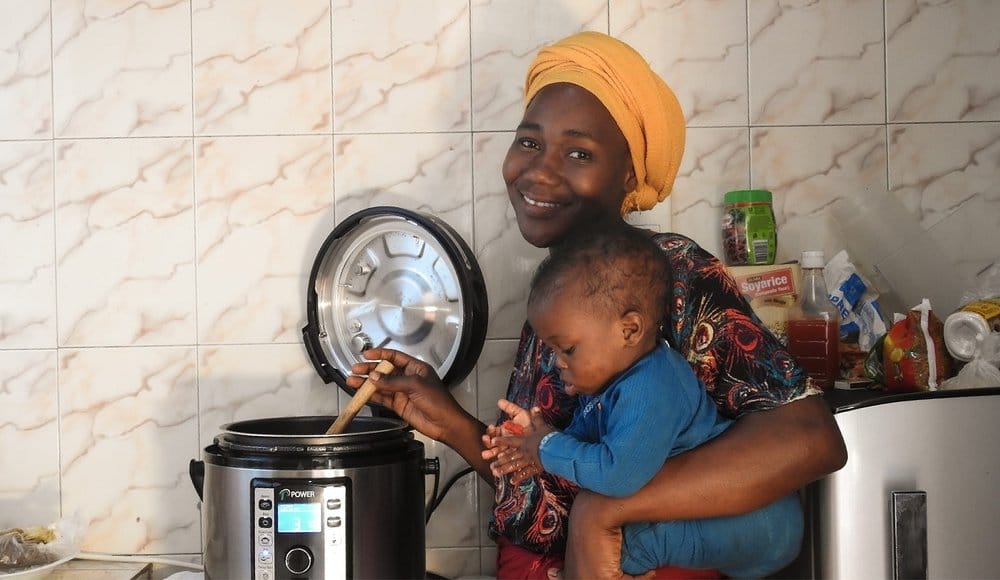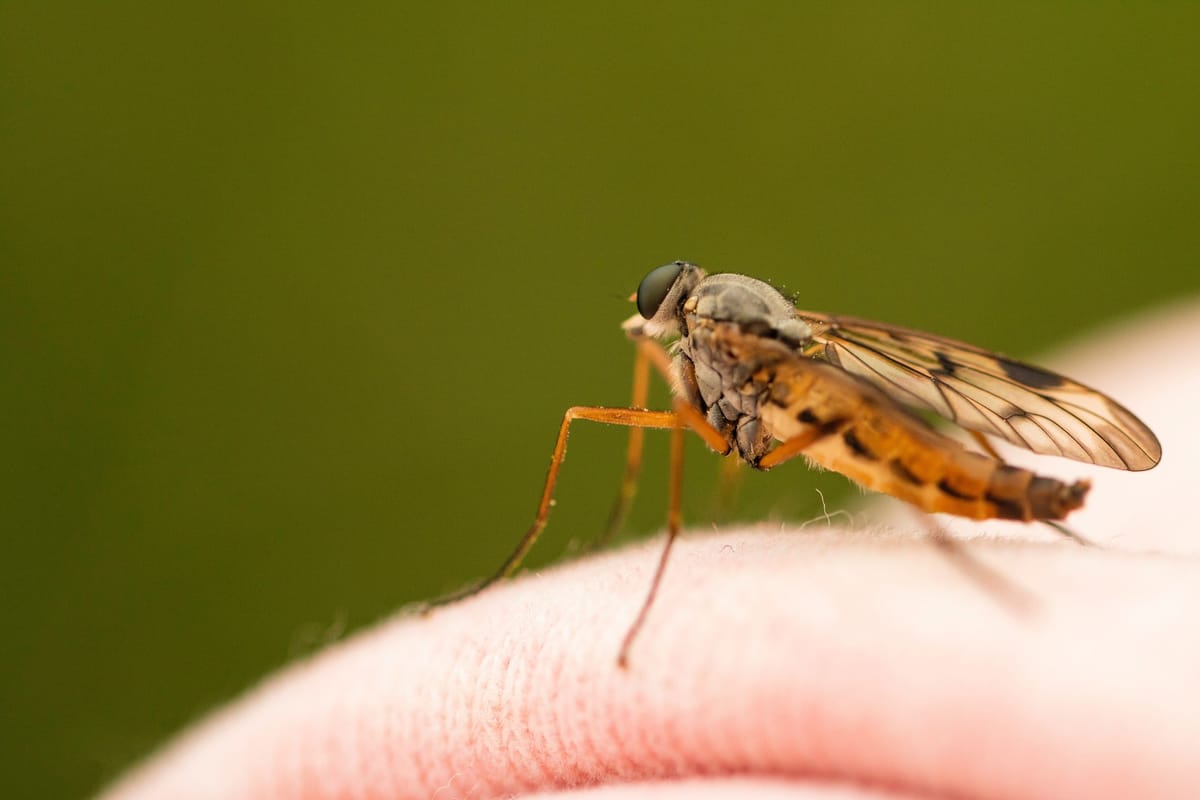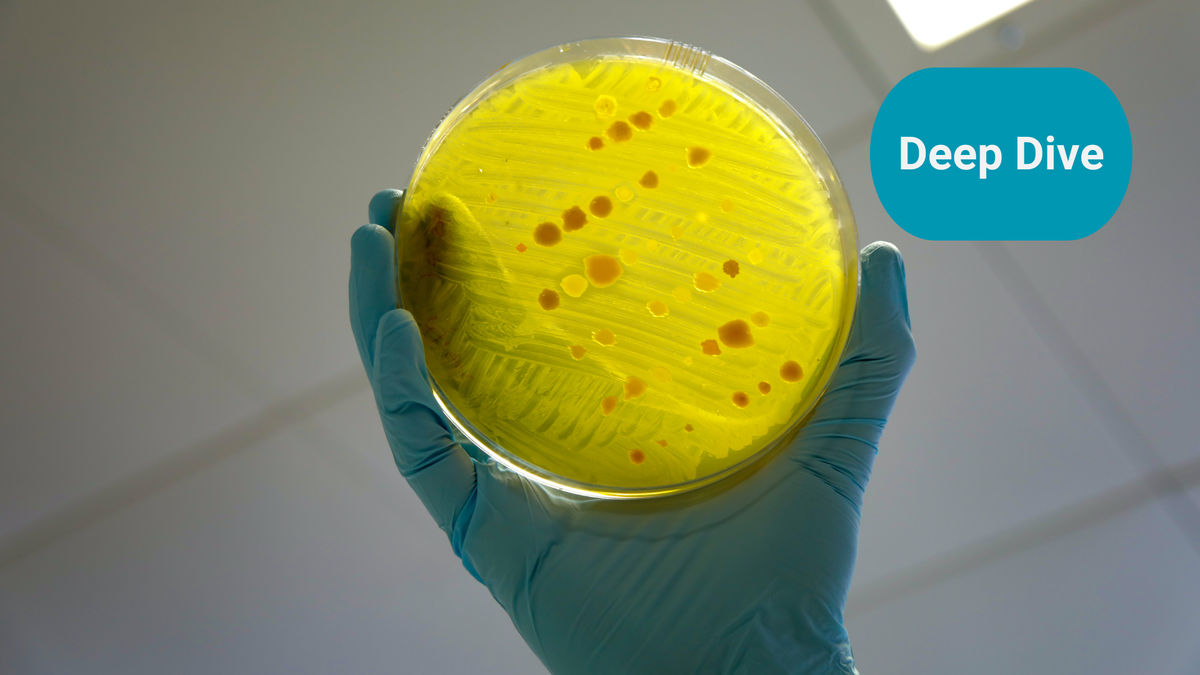
What caught our eye - three key stories (week 18, 2024)
Are we near peak coal in China? Deforestation brings new disease risks. And we need to think more about bacterial infections.
Here are three stories that we found particularly interesting this week and why. We also give our lateral thought on each one.
Are we near peak coal in China? We frequently hear that 'it's pointless trying to cut carbon emissions in the West, when other countries continue to build new coal fired power stations. And the country that gets the most attention is China. But what if this really is just a transition phase? What if the rapid rise in renewables build out will mean that China could see peak coal powered electricity generation well before 2030 ?
Deforestation can bring risks that we may not expect, including the emergence of zoonotic diseases - diseases that jump between species. A good example is in Malaysia, where research showed that while human transmission malaria cases had fallen dramatically, zoonotic Plasmodium knowlesi cases increased from 376 to 3,614 - an 861% increase.
And in a related story - just 6 bacteria caused almost as much death and disability as tuberculosis, malaria and HIV-AIDS combined. The Global Burden of Disease project estimated that 14% of the total disease impact is due to bacterial infections. And that was pre-COVID. We really do need to think more about Antimicrobial Resistance (AMR).
Read in full by clicking on the link below.
'What caught our eye' like all of our blogs are free to read. You just need to register.
Please forward to friends, family and colleagues if you think they might find our work of value.

China to end new coal power additions before 2030?
Are we near peak coal in China? We frequently hear that 'it's pointless trying to cut carbon emissions in the West, when other countries continue to build new coal fired power stations'.
And the country that gets the most attention is China. But what if this really is just a transition phase? What if the rapid rise in renewables build out will mean that China could see peak coal powered electricity generation well before 2030 ?

This is the case being argued in a recent report from Climate Energy Finance entitled POWERSHIFT: Staggering rise of renewables
positions China to end new coal power before 2030.
The title really says it all. To quote the report:
"Rapidly declining wind, solar and storage costs are dramatically changing the economics of China’s electricity system, and driving a massive increase in renewables capacity. This means that China could see coal power generation peak well before 2030, then plateau and decline."

As a consequence, coal will fade from its current position as a central pillar of China’s power generation, moving to what will be a backup role in ensuring national energy security. Coal is currently 70% of China's electricity supply, but that could fall to 50% by 2030, and maybe as low as 30% by 2040.
How could this happen so rapidly. It's renewable growth? The report forecasts China will likely reach its 14th Five Year Plan (FYP) 2030 target of 1,200 gigawatts (GW) of installed solar and wind capacity six years early.
Why is this so important? As the recent IEA Coal 2023 report says:
"The dominance of China in coal markets is stronger than any other country for any other fuel. It consumes more than half of the world’s coal and produces half of it, and it is the largest importer, single handily accounting for close to one-third of the global coal trade. "
They expect China and India to account for more than 70% of global coal consumption in 2026.
This could have relevance well beyond global GHG emissions. As the report says "this highlights the imperative for Australia to hasten the transition of its economy from a historical overdependence on fossil fuel exports, diversify its economic base and secure domestic cleantech supply chains. "
Other countries in similar positions need to also take note. The sustainability transitions will, over time, substantially reshape our economies. The time to start adapting is now.
We wrote about the expected long and slow demise of coal in a recent blog: Coals (very) long goodbye. Maybe the demise will be quicker than we first thought?
Link to blog 👇🏾

Deforestation and zoonotic diseases
Forests are a significant ecological and economic resource that sequester carbon and provide habitat for wildlife and livelihoods for communities.
A number of activities cause deforestation including the clearing of forests for commercial crop cultivation (e.g. soybean, palm oil, and wheat) and for livestock grazing especially in tropical regions like the Amazon rainforest, Indonesia, and parts of West Africa.
Legal (and illegal) logging for timber production, paper manufacturing and for fuelwood and charcoal - although on that latter point, increasingly solutions to move away from such fuels for cooking etc are being deployed 👇🏾

Urban expansion often involves the clearing of forested lands. Poor forest management overall can lead to overexploitation and eventual deforestation.
Finally, climate change with changes in temperature and precipitation (e.g. rain) and an increased frequency of extreme weather events can make forests more vulnerable to insect infestations, diseases, and wildfires, all contributing to deforestation.
We previously discussed a recent report by the World Resources Institute showing that global efforts to reduce and even reverse deforestation have been faltering. "The global deforestation rate in 2023 was 2% higher than the baseline from 2018-2020."

Another important consequence of deforestation was highlighted in a recent FT special report which highlighted the link between deforestation and the increasing emergence of zoonotic diseases. These are diseases that jump between species, either directly or indirectly.
Researchers from the Faculty of Medicine and Health Sciences, Universiti Malaysia Sabah, studied incidences of malaria in Malaysia over a period of more than 20 years and found that by 2018 human malaria cases had fallen to less than 500 from a level of 12,705 in 2000. In fact between 2008 and 2017, indigenous malaria cases decreased by 98.6%, while zoonotic Plasmodium knowlesi cases increased from 376 to 3,614 or an 861% increase. 2018 also marked the first year that Malaysia did not report any indigenous cases of malaria caused by human malaria parasites.
Deforestation brings different species into closer proximity than they otherwise would have been and at a faster rate. This means that you get a transfer of pathogens or germs and mutations that otherwise would not have been seen.
We have even recently seen the transmission of bird flu across other species, so this not just about us humans.
Nature recently reported that a strain of bird flu had spread among US cattle with the outbreak likely beginning when the virus jumped from an infected bird to a cow at the turn of the year.
Christian Lydersen from the Norwegian Polar Instituted reported a case of a walrus dying from bird flu on Hopen island in the Svalbard archipelago in the Arctic, likely caused from eating infected birds. But the transmission risk then can propagate up the food chain with Polar bears know to eat walrus carcass.
A 2020 study led by Serge Morand from the French National Centre for Scientific Research (CNRS) found that "increases in outbreaks of zoonotic and vector-borne diseases from 1990 to 2016 are linked with deforestation, mostly in tropical countries, and with reforestation, mostly in temperate countries. [He also found] that outbreaks are associated with the increase in areas of palm oil plantations."
We highlighted in an article from last year that the outlook for palm oil is getting better in that regard but still much to do👇🏾

This all illustrates the interconnectedness of themes and how addressing big issues such as deforestation cuts across many sustainability threats such as the negative impacts of greenhouse gases (decarbonisation), biodiversity loss and threats to human and animal health such as from the emergence of new and potentially deadly diseases.
We have previously discussed how climate change and in particular its impact on changing habitats was bringing tropical diseases to new parts of the world
Link to blog 👇🏾

The global burden of disease due to infection.
John Rex in his excellent AMR Solutions newsletter highlighted an excellent analysis of the global burden of disease due to infection by Naghavi et al published in The Lancet.
The 'burden' measured in disability-adjusted life-years (DALYs) that are lost due to the disease both from death or incapacitation (years living with a disability).
In 2019 the Global Burden of Disease project estimated that 2.54 billion DALYs were lost due to illnesses of all causes (disease or injury) with 28% of that total being made up by infections. 14% of the total is due to bacterial infections - 352 million DALYs. That is pre-COVID.
To put that into perspective, just 6 bacteria caused almost as much death and disability as tuberculosis, malaria and HIV-AIDS combined (170.8 million DALYs). Those six are Streptococcus pneumoniae (38.1 million DALYs), Staphylococcus aureus (34.5 million), E. coli (31.3 million), Klebsiella pneumoniae (31.1 million), Psuedomonas aeruginosa (18.3 million) and Acinetobacter baumannii (16.7 million)
As Dr Rex points out the "less developed parts of the world bear the greatest load – and children under 5 bear the highest burden no matter where you are in the world."

He also points out the disparity in R&D efforts. Some really interesting stats here:
Head et al. publishing in the Lancet in 2020 found that genital herpes attracted R&D spend in the US equivalent to US$3,101 per DALY between 2000 and 2017 compared with syphilis at only US$9 per DALY despite the latter being responsible for 37.7x more DALYs!
Dr Rex calculates that a similarly lower level of investment was put towards three of the bacteria in the 'top DALYs' list: approximately US$41 per DALY for S. aureus, US$28 for E. coli and US$55 for P. aeruginosa.
Interestingly cancer projects were funded 17x more than antibacterials during 2011-2020.
Antimicrobial Resistance (AMR) is a macro threat to the sustainability of the human race and other species. It is of a similar level to that of the worst impacts of climate change or biodiversity loss and is inextricably linked. Bringing together biological, behavioural, and physical solutions with appropriately incentivising funding we should be able to continue to enjoy the benefits of our microbe partners whilst avoiding their darker side.
AMR is potentially a massive, if complex, theme for those who care about sustainability; the potential goes well beyond the pharmaceutical industry. Here is a primer we wrote a couple of years ago to get you started👇🏾

(You'll find a bunch of stuff we have written on the topic too)
Something a little more bespoke?
Get in touch if there is a particular topic you would like us to write on. Just for you.
Contact us
Please read: important legal stuff.

